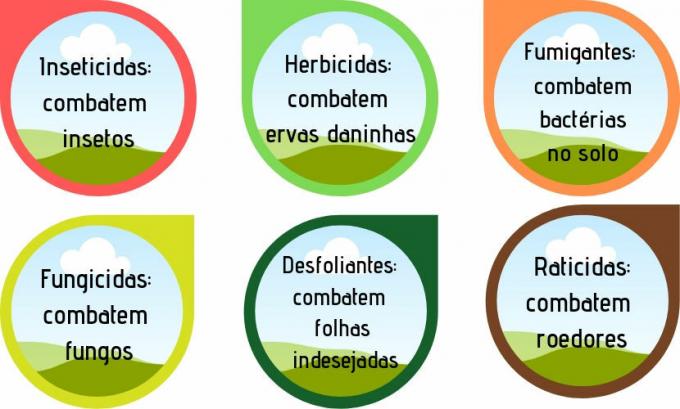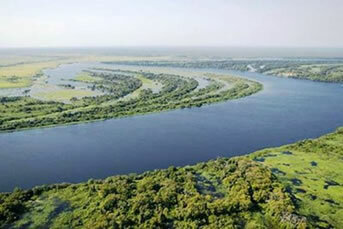You may not be able to see it, but before your eyes there is water. That's right, there's water in front of you! But of course it is not water in liquid form, but in gaseous form, contained in the air that you are breathing right now. The amount of water droplets present in the atmosphere is called air humidity.
THE air humidity it is a very important element as it helps our breathing. So much so that, when humidity levels drop a lot in some locations, some people begin to feel the effects of very dry air, such as breathing difficulties. In addition to interfering with our health, it also has a great influence on the climate.
But to understand this, we first need to understand another concept: that ofthermal range. This term designates the temperature variation, that is, the difference between the highest and lowest temperature in a given location in a period of time.
For example: suppose that today, in your city, the lowest temperature was 18°C and the highest was 28°C. The difference between the two temperatures is 10°C. This means that 10ºC is the value of the city's thermal amplitude, that is, how much the temperature varied throughout the day.
In this sense, the humidity in the air interferes with the climate by changing the thermal amplitude in an inverse relationship, that is, the higher the air humidity, the lower the thermal amplitude and likewise, the lower the humidity, the greater the amplitude. In other words, the more humidity the environment presents, the smaller will be the temperature variation over time.
In desert areas, for example, temperatures vary a lot (which is also influenced by the temperature of the sand). As the humidity in these areas is very low, there is nothing to preserve the temperatures, which can vary by 50ºC between day and night. On the other hand, in very humid places – such as the Amazon Forest –, temperatures remain conserved for a longer time, varying at most 3ºC or 4ºC throughout the day.

Desert areas, as they have the driest air, reach 50°C during the day and 0°C at night

In the Amazon region, the variation in temperatures is low, with an average of 30°C all day



